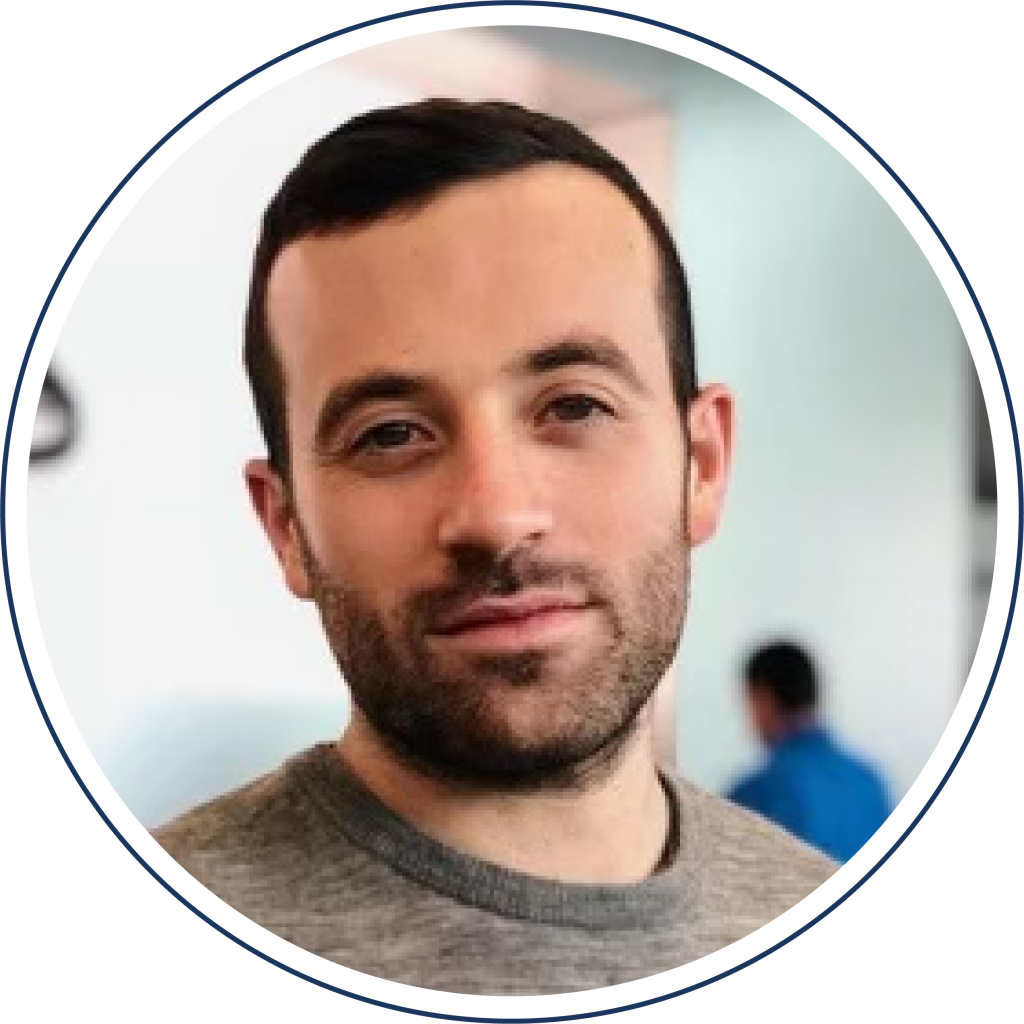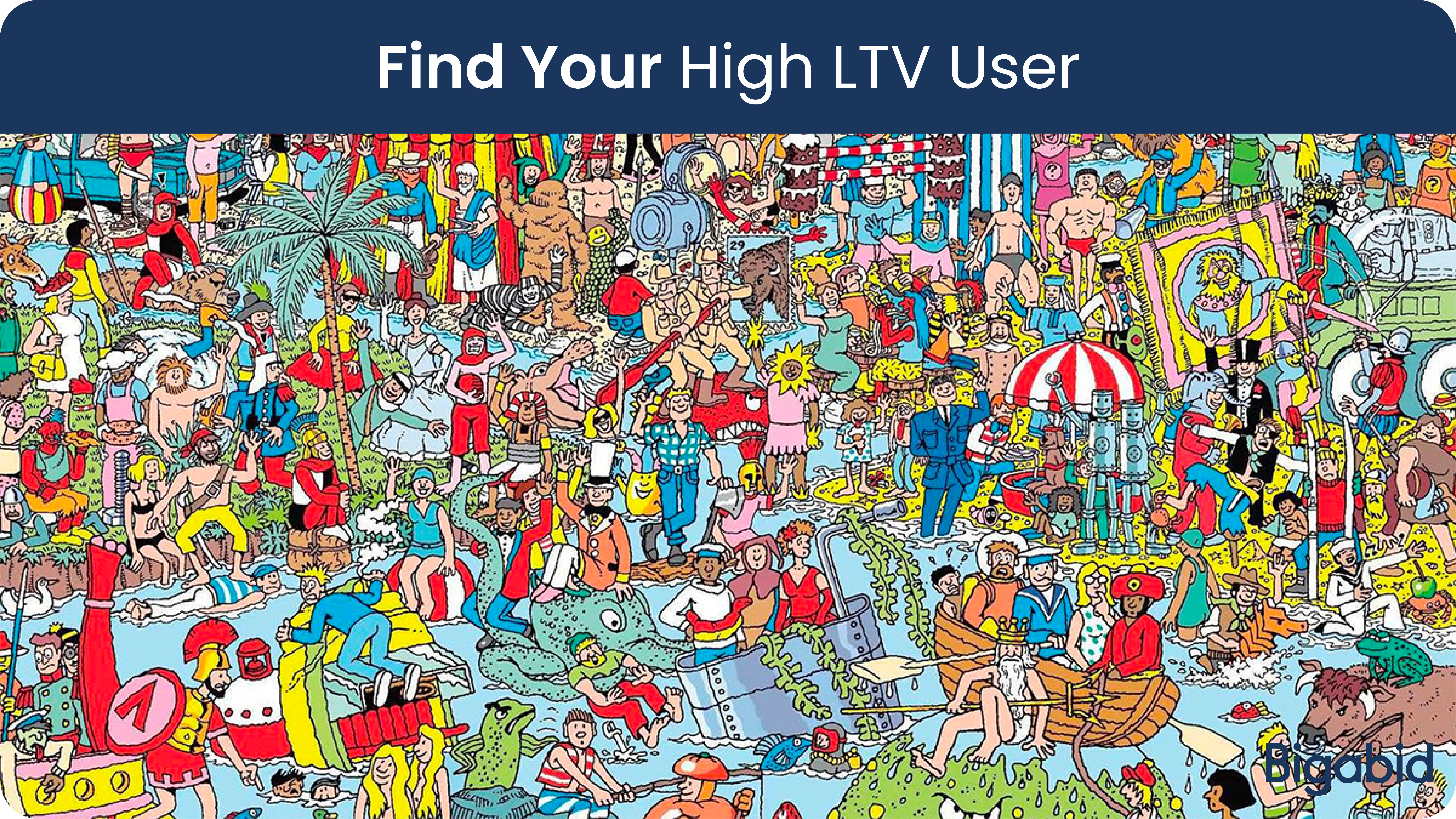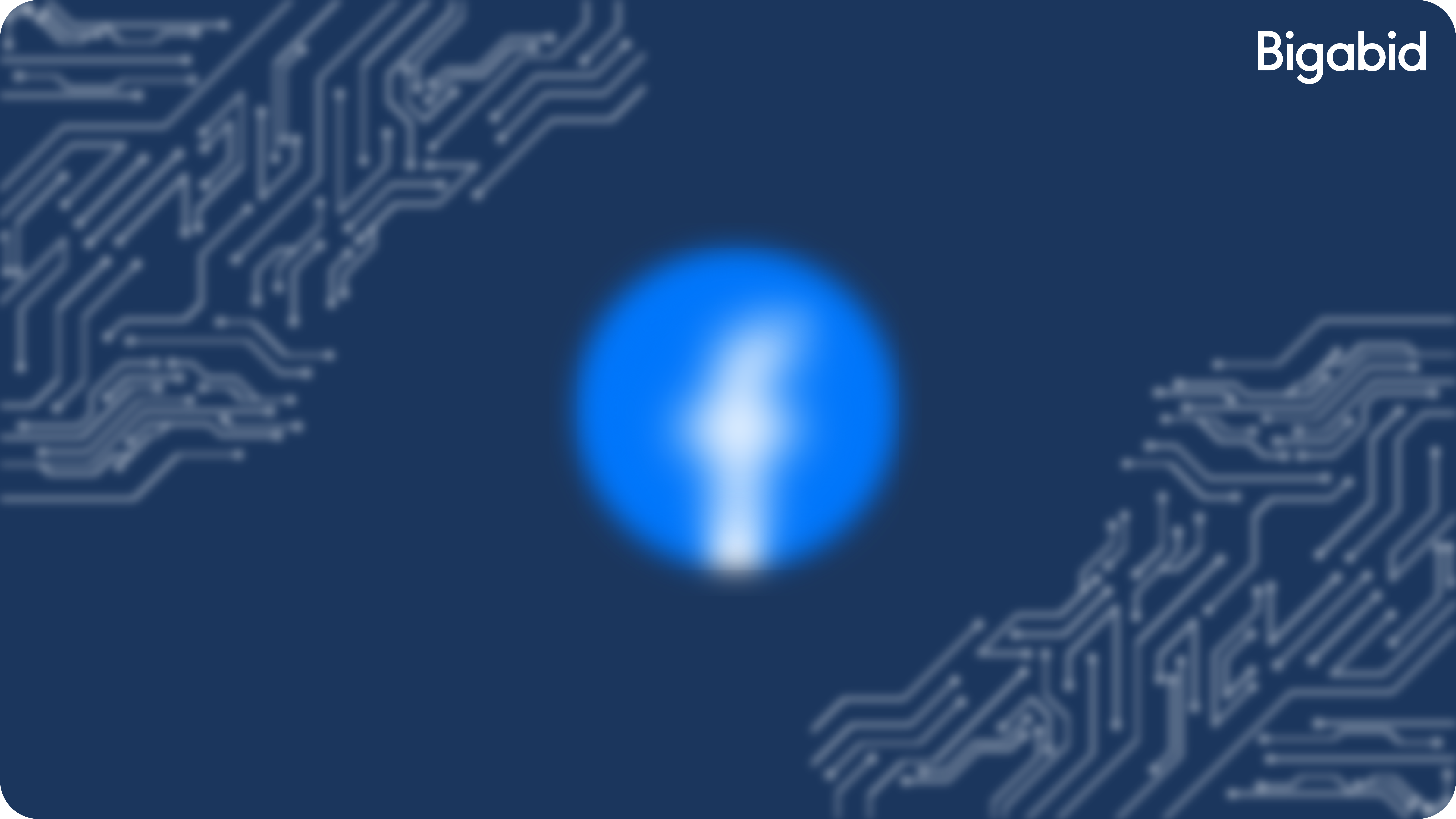Cannibalistic Value?
Cannibalistic Value?

By Director of Growth,
Yotam Galon
We often hear from advertisers around the globe the term “cannibalism” relating to working with multiple advertising channels on either user acquisition or retargeting campaigns at the same time. “Cannibalism” is a big and sometimes scary word. In modern mobile advertising, the simplified meaning is typically split into different cases for user acquisition and retargeting. For this example, we will use advertiser X working with two separate channels, Bigabid and a 2nd generation DSP called Y.
What’s interesting is that both scenarios are valid. While each 2nd generation DSP has its own technology, methodology, and traffic sources, there is still a minuscule chance that the methods described above will occur. Nevertheless, in a strategic overview, that can actually benefit your activity more than hurt it.
An advertiser’s oxygen is users with high LTV potential. This is what fuels their entire economy. For some apps, such a user can be worth $10/month, and for others, $1000+/month. Let’s use the latter as an example using Bigabid and DSP Y during retargeting activity.
$1000/month.
From the advertiser’s perspective, it may seem like they overspent for retargeting and bringing the user back home, but actually, the advertiser’s competitors were using other channels that were targeting the same user and could bid $9 to “steal” the user, so they spend that whopping $1000/month in their app.
A reference I’ve used in past articles, but still valid for this case, is imagine “Where’s Waldo” vs. 400 people within 10-milliseconds. What are you going to do to win? If you didn’t find Waldo, you lost, and he may not come around again.

Apps are businesses, and as in any business, ROI is the boss. Whether you spent $8 or $10 on a user with a lifetime value way beyond that amount shouldn’t matter compared to the bigger picture. The goal is to keep optimizing your ad spend, and that’s precisely what this is all about.
Facebook is a reliable tool for growth but contains some hidden challenges for app advertisers. A common practice of many growing apps is to start user acquisition and retargeting via Facebook, which makes sense in many cases, especially in user acquisition. However, once the app is big enough for retargeting, the issue of “cannibalism” arises. Facebook’s blurry methodologies challenge the advertiser’s ability to measure incrementally (if they choose to).

The goal in using incrementality per channel is for the advertiser to decide what channel brings more value and scale accordingly. Unfortunately, Facebook’s inability to support incrementality measurements forces advertisers to use multiple channels without being able to separate, and therefore, optimize their activities (or shift their entire activities to one).
In many cases, there is a blind trust in Facebook that can make sense, but why not test on a small scale with others while you’re at it? These days the ROI you can generate with retargeting via 2nd generation DSPs is not inferior to Facebook, especially with the ever-rising costs of Facebook. Some argue that a DSP cannot have the same traffic as Facebook, but that can easily be checked per app and will often surprise you. The reach of 2nd generation DSPs via the major ad exchanges supports activities of some of the largest brands in the world. And they offer real transparency that you can’t get via Facebook. As they say, sometimes it’s better to fish with a spear versus a net. The potential is there, and with the right partner, it should be tested.
Incorporating incrementality measurements into your retargeting activities is very important. However, it’s not one-size-fits-all and requires monitoring and maintenance. Who splits and manages the control and treatment groups, you or your partner? Who makes sure that the control group stays pure and is not being targeted via your other channels? Should incrementality be a resource-heavy activity constantly measured across years of partnership or periodically to build trust at the beginning and at other sporadic times during the partnership?
There is no perfect answer, but you can read more in-depth about retargeting and incrementality in our blog Incremental Value.
While there are ways of preventing cannibalism, there’s a certain point when working with multiple retargeting vendors where the ROI drops. It’s a dynamic peak that changes as your app grows, so always monitor. Let’s look at Bigabid and DSP Y again.
In the situation above, if the user base doesn’t grow, the budget can’t grow. In some cases, it would shrink as you have already retargeted and brought back users that shouldn’t be retargeted again. The audience shrank, and perhaps less money should be spent on that activity. If you keep spending the same budget on your shrinking eligible audience, in most cases, it will mean that you should expect a lower ROI from that activity. If you choose to take this course, make sure you lower your goals and expectations accordingly.
At Bigabid, we propose that cannibalism is per case, and at times, can be of value. Maybe a more positive term for this type of cannibalism is “cannibalistic value”? Keep testing, keep innovating, and let’s connect to start incrementing!